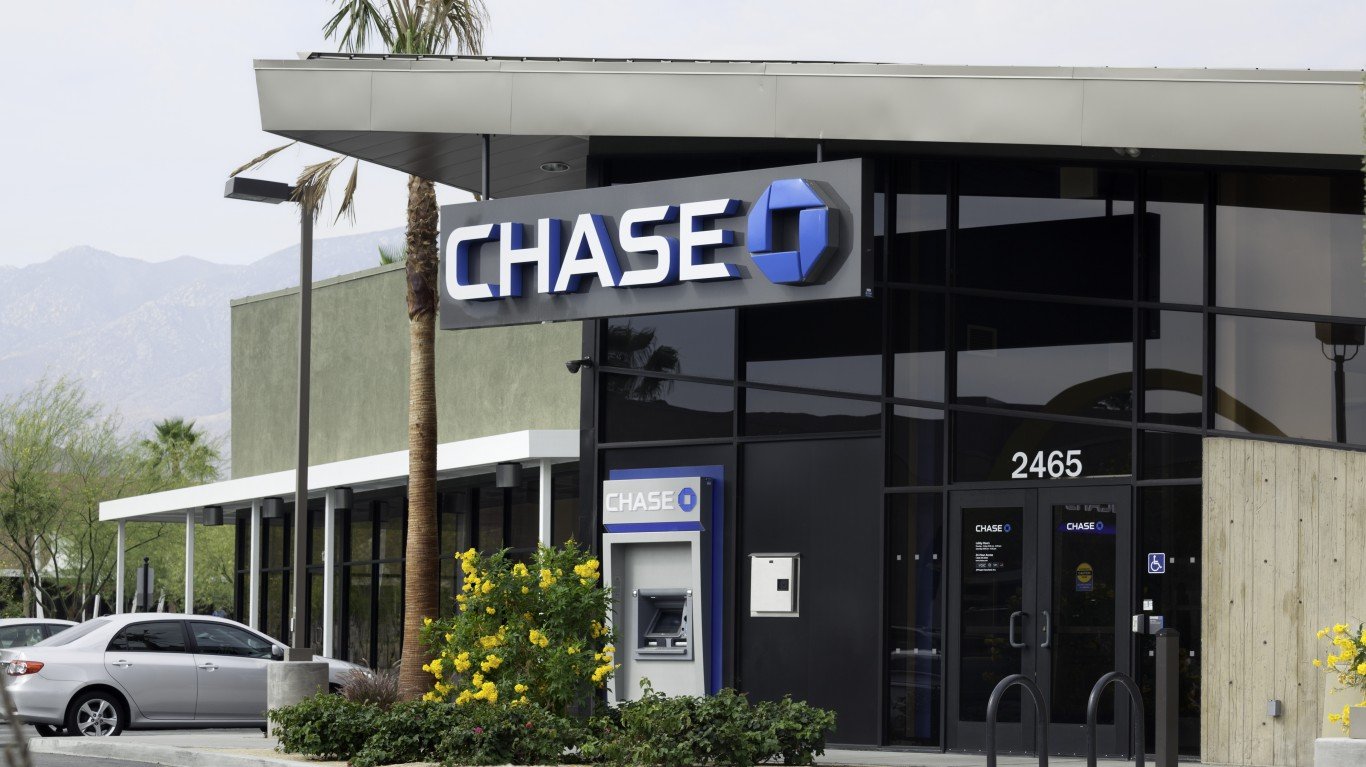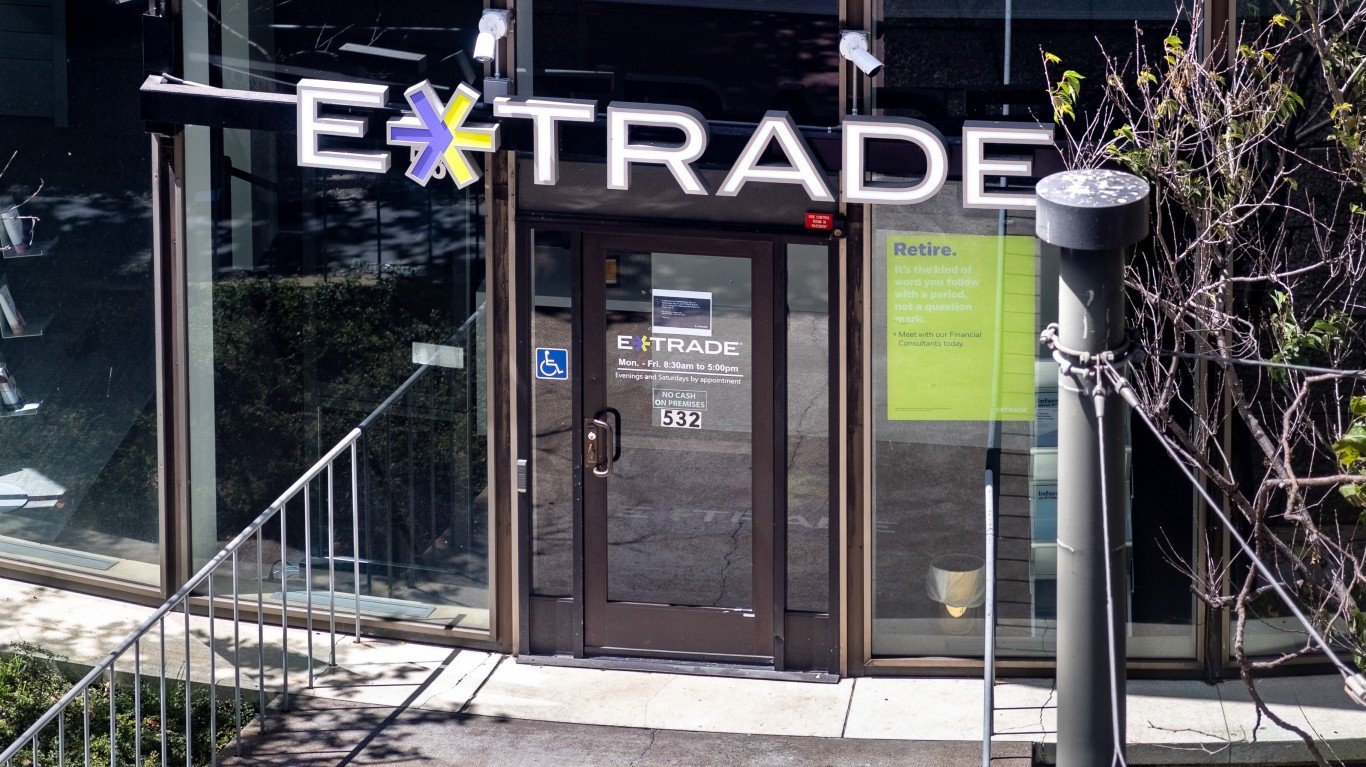

The year 2019 was nothing short of spectacular, and the bull market is now well over 10 years old and the economic recovery is the longest-running of our lives. The stock market indexes all put in strong gains at the end of the year, and the Dow Jones industrials ended up at 28,538.44 for an annual gain of 22.3%. The S&P 500 closed rose by an even more impressive 28.9% in 2019 but was bested by the tech-heavy Nasdaq with a whopping 35.2% gain. While saying the market was up huge is an understatement, many investors have to be wondering if the stock market rally in November and December, as well as weighing the ongoing concerns about the economy and around the planet, mean that some of the massive bullish expectations may need to be tempered.
After looking at all the data and forecasts available, investors should probably expect total stock market upside of just 7% to 8% in 2020. That’s good news in that it’s an expected gain, but one-third of those gains are expected to be from dividends. 24/7 Wall St. is about to release its 2020 Dow target, but if the market is going to rise, most investors would expect the financial sector to perform well also. After all, the financial giants reap the rewards of strong markets and strong economies.
What if it’s not all rosy for the market in 2020? 24/7 Wall St. has evaluated many Dow and key S&P 500 stocks with outlooks into 2020, and the expectations are rather weak for financial services stocks. It looks like the outcome may be binary: either Wall Street has not been optimistic enough about its own prospects or the big gains of 2019 robbed the gains that could have been expected in 2020.
As for a backdrop on the banks and major financials, there actually seem to be more positives than negatives, based on the known issues today. Interest rates are projected to remain stable in 2020, with little or no real changes expected in federal funds. Long-term interest rates are expected to remain stable as well. Unemployment is exceeding low at 3.5%, inflation is not pressuring the markets in that 2% objective, and consumer balance sheets and personal finances appear to be holding up quite well. Business spending is even expected to tick up as the global growth fears have subsided and as trade war tensions have cooled.
Whether the 2020 election will change how financial companies govern themselves is still unknown, and it is basically 11 months out.
Here is an outlook for the major money-center banks and financials that lead the sector each day. Consensus analyst target price data are from Refinitiv, and we have shown past performance and expected performance in 2020. It is probably too soon for foregone conclusions about the entire financial sector for the entire year, but the positive backdrop that should offer support to its own industry is currently just not very loved by Wall Street itself.
American Express Co. (NYSE: AXP) closed out 2019 at $124.49 a share, a 30.6% gain, and it was down a tad from the highs in a 52-week range of $93.23 to $129.34. Amex’s consensus target price of $131.83 only implies an upside of 5.9%, and the 1.4% yield would imply a 7.3% total return in 2020. With a drop of 4% in 2019, and with any pullback, there is a serious possibility Wall Street might juice up expectations if earnings are good in the coming weeks, after having seen radio silence for months.
Goldman Sachs Group Inc. (NYSE: GS), which has been moving more into mainstream financial services rather than just the wealthy and institutional clients, recovered from its woes and posted a 37.6% gain in 2019, after closing the year at $229.93. Its 52-week range of $163.35 to $232.21 should explain some of the challenges it faced from regulators and the overseas scandals. The consensus target price of $244.73 implies a gain of just 6.4%, and the 2.2% dividend would offer an implied total return opportunity of 8.6% for 2020. The question to ask, assuming Goldman Sachs is moving beyond its scandals, is whether it can entice analysts to go back up to some of the old $300 target prices from 2018 and 2017.
JPMorgan Chase & Co. (NYSE: JPM) remains the top bank in America, and its year-end price of $139.40 brought a 42.8% total return for 2019. Its 52-week range of $95.94 to $140.08 showed that the stock was at the high end of that range as well, and the $128.58 consensus target price was actually under the most recent share price. Analysts may have to adjust their prices higher, but the consensus target implies a loss of 7.8% in 2020, or a total return of −5.2% after factoring in the 2.6% dividend yield. Keefe Bruyette & Woods downgraded JPMorgan Chase in December to Market Perform from Outperform as the valuation was looking stretched.
Travelers Companies Inc. (NYSE: TRV) is the financial stock that most of the public doesn’t even know is a member of the Dow. Despite some caution, Travelers still managed to post a return of 14.4% in 2019, closing the year out at $136.95. Its 52-week range of $115.06 to $155.09 hint that there were some bumps in the road, but Wall Street is not exactly aggressively calling for upside here. The consensus target price of $141.29 implies an expected gain of just 3.2%, and the 2.4% dividend yield would make for an implied total return of just 5.6%.
Visa Inc. (NYSE: V) is technically fintech as it is just the processor behind transactions and has no real financial risk like credit card issuers do, but after a 42.4% gain in 2019, the year-end price of $187.90 compared with a 52-week range of $127.88 to $189.89. The consensus target price of $203.43 implied upside of 8.3%, and the 0.6% dividend yield indicated an expecting total return of just 8.9%. After a 42% gain last year and nearly a 16% gain in 2018, that is likely to be viewed as a ho-hum boring year.
Bank of America Corp. (NYSE: BAC) closed out 2019 with a share price of $35.22. That brought a total return of almost 43%, but the 52-week high of $35.72 has been coming with more resistance than when it was lower. Where the problem arises here is that analysts ended 2019 with a consensus target price of $35.22, implying no price gains, and the expected total return of 2% would be entirely from its dividend. To add insult to injury, BMO Capital downgraded Bank of America at the start of 2020 to Market Perform on valuations, but it at least has a slightly higher price target of $37.
Citigroup Inc. (NYSE: C) is still the cheapest of the money center banks, but it is no longer at a discount to book value. After closing out 2019 at $79.89, it has a total return of an impressive 53.5%. The stock closed very close to its 52-week high of $80.42, but the consensus target price of $86.40 implied a gain of 8.1%, and the 2.55% dividend yield would imply a total return expectation of 10.7%.
Wells Fargo & Co. (NYSE: WFC) is still down about 20% from its peak value in 2017, back before the scandals blew its operations and reputation apart. That means some investors are still going to see value, particularly as it has a new CEO and might get out from under regulatory scrutiny and strict growth restrictions in the next 12 to 24 months. That said, Wells Fargo’s 2019 closing price of $53.80 brought on a submarket gain of just about 17% for the year. The consensus target price of $51.79 also implies that a drop of 3.7% should be expected by investors in 2020, but that would be more or less flat after factoring in its 3.7% dividend yield. Unfortunately, Robert W. Baird downgraded Wells Fargo from Neutral to Underperform with a $50 target price on the first trading day of 2020.
While investors should never blindly trust individual analyst calls, there is some value in looking at the consensus to see what the pack is calling for. That methodology accurately called for Dow 28,000 in 2019 (actually, and then some) at a time when investor sentiment and media headline bias were both skewed much worse due to the 2018 year-end panic selling that was the worst fourth quarter many investors had ever seen.
Stay tuned.
Take This Retirement Quiz To Get Matched With A Financial Advisor (Sponsored)
Take the quiz below to get matched with a financial advisor today.
Each advisor has been vetted by SmartAsset and is held to a fiduciary standard to act in your best interests.
Here’s how it works:
1. Answer SmartAsset advisor match quiz
2. Review your pre-screened matches at your leisure. Check out the
advisors’ profiles.
3. Speak with advisors at no cost to you. Have an introductory call on the phone or introduction in person and choose whom to work with in the future
Take the retirement quiz right here.
Thank you for reading! Have some feedback for us?
Contact the 24/7 Wall St. editorial team.
 24/7 Wall St.
24/7 Wall St.


